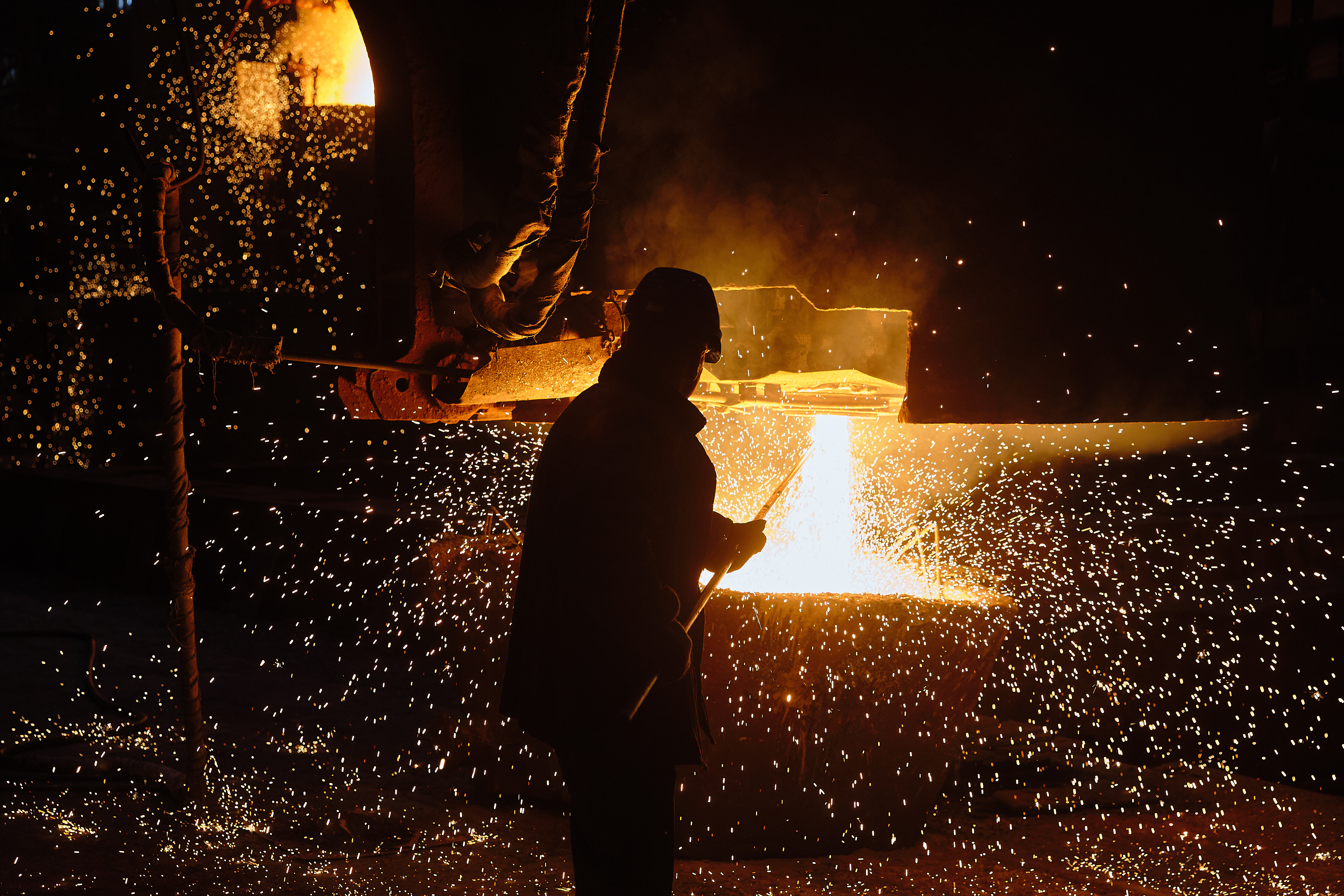Manufacturing obstacles are prevalent with inflation, labor issues, and supply chain concerns which present challenges to improving operations and increasing product delivery. However, since 2019, manufacturing has been regaining momentum. These businesses are using technology to aggressively cut production costs, raise quality, accelerate time to market, and expand their market share with sustainable manufacturing ROI solutions.
There is now a fourth industrial revolution. Increased connection, data analytics, cloud technology, and automation are combined with lightning-fast internet speeds to boost operational efficiency and restore manufacturing's competitiveness. Data analytics and strategic planning should define the ideal manufacturing ROI concepts to increase competitiveness and expand market share.
11 Opportunities That Increase Manufacturing ROI
1. Marketing
Customer satisfaction requires the supplier to constantly adapt to the customers' changing needs. Improved quality, innovation, going after the weakest area of the market, stronger connections, lower prices, targeted demographics, targeted social media, and competition acquisition may be needed to satisfy customers and gain market share.
2. Lean TQM
Total Quality Management is the established criterion for quality management. This customer-centered approach demands complete organizational buy-in and ongoing quality improvement. With this approach, training and education are ongoing tasks.
An off-shoot of TQM is Lean Six Sigma, a combination of Lean and six sigma principles. With specified KPIs, this strategy strongly emphasizes customer satisfaction and guarantees well-informed choices. Customers are happy, and waste is reduced.
3. Total Flow Management (TFM)
Total Flow Management is a flexible one-piece flow attained through process mapping and optimization. Flexible manufacturing cells group products into families to eliminate bottlenecks, minimize material handling, and reduce inventories.
4. Supply Chain
Raw material costs, inventory levels, and delivery costs require attention. The key to minimizing these problems is flexibility, standardization, automatic purchasing, real-time inventory management, improved returns management, and monitoring vendor performance.
5. Total Productive Maintenance (TPM)
Total Productive Maintenance is a Lean component essential to equipment uptime to ensure smooth operations and increased utilization. The objective is to eliminate breakdowns, downtime, and defects with no accidents. Regularly scheduled and planned maintenance are developed from historical data for a predictive schedule.
6. Smart Factories
Smart factories are an interconnected network of computers, machines, and communication devices that drive automation processes. Artificial intelligence is a key feature, allowing the system to learn over time.
Real-time communication between the smart factory and its staff is possible across the organization's service division. The facilities include cloud computing, industrial 5G technology, collaborative robots (cobots), smart sensors, and artificial intelligence (AI). Smart factories are regarded as critical to manufacturing's long-term competitiveness.
7. Energy Management System (EMS)
An EMS tracks energy consumption trends and optimizes the energy bill. These programs offset high energy use with high seer HVAC, solar water heaters, adjustable speed drives and controls, high-efficiency pumps and trimming impellers, and heat reduction. A voltage harmonic optimization program is another method to reduce energy demand charges.
8. Renewable Energy
These green energy projects allow facilities to produce much or all of their energy requirements. Solar and battery storage technology are evolving rapidly, allowing these projects to spring up worldwide to offset rising energy costs. In addition to the energy savings, tax credits and rebates may be available to cancel the project cost.
9. Energy-Efficient Lighting Retrofit
Energy-efficient lighting is almost always an attractive project with a quick payback and additional benefits, including improved safety, quality, and employee mental health. LED (Light Emitting Diode) lighting is efficient and lasts 300-500% longer than most production lighting. The typical projects save an average of 70% on an energy bill. Tax credits and rebates are available.
10. 3-D Printing
Experts state that 3-D printing technology will drive the fourth industrial revolution. It is a technology that can print many complex geometric structures and simplify the product design. It is a flexible technology that can significantly decrease lead times, reduce total production costs, and reduce inventory.
11. High-Performance Simulation Software
2-D and 3-D software modeling software allow the designer to optimize the design and processes without the typical sample trials, scrap, and tool refinements. Simulation software assists the creation of the desired form, fit, function, and manufacturability, along with fine-tuning design, dimensions, tolerances, and exact material specifications to meet durability, stiffness, and natural frequency targets. Time to market is reduced, and scrap is minimized.
Software for Increased Manufacturing ROI
Transvalor Americas is the gold standard for metal casting modeling software. Our software delivers optimal results by refining process parameters and casting properties. In addition to benchmark computer modeling and material analysis, the software includes built-in problem-solving and exceptional technical support.
These modeling programs will reduce time to market in rapid development and troubleshooting while improving competitiveness and project manufacturing ROI.
Learn More
Manufacturers and engineers can immediately enhance product delivery and optimize processes with cutting-edge simulation software. The benchmark software by Transvalor Americas carries 3-D simulation software for different types of metal casting processes. Contact Transvalor USA to find out how casting simulation software can reduce your time to market.


